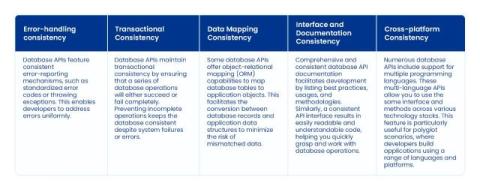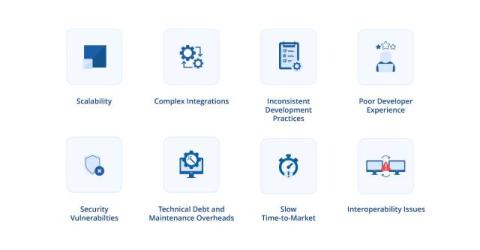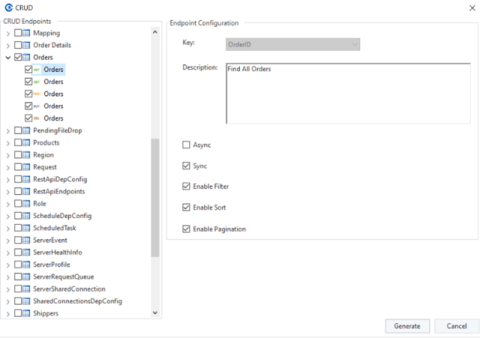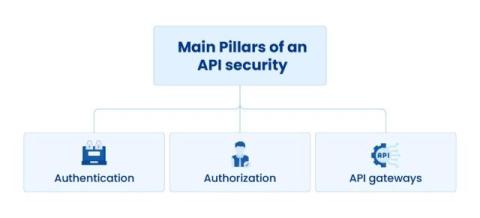What are Database APIs? Why and How are they Used?
Modern applications store a lot of data, yet databases continue to be the primary source of data that these applications need to function. This is where database APIs come in, making it easier for applications and services to retrieve and manipulate data. A database API’s biggest advantage is that it eliminates database operations’ dependence on proprietary methods and provides a unified interface, streamlining data operations. Here’s everything you need to know about database APIs.









